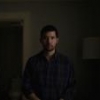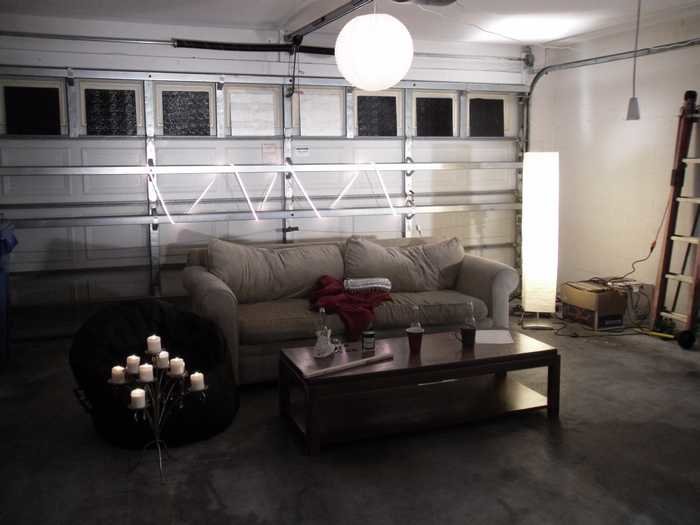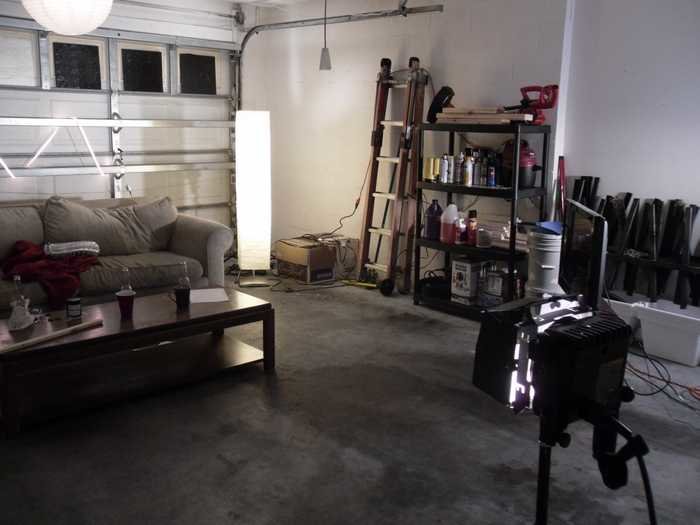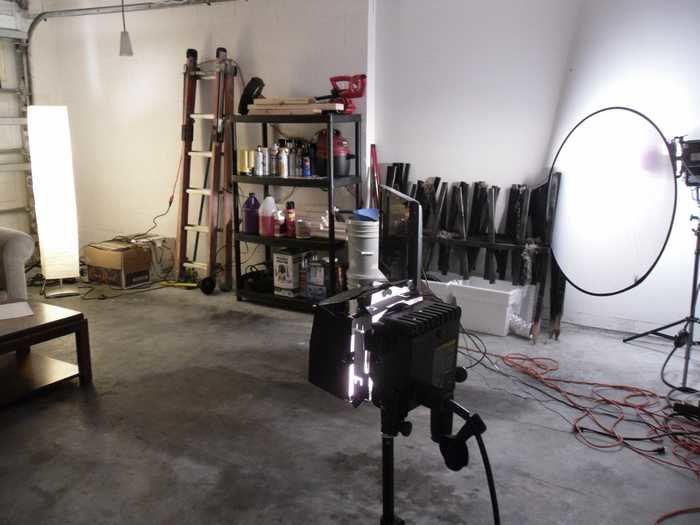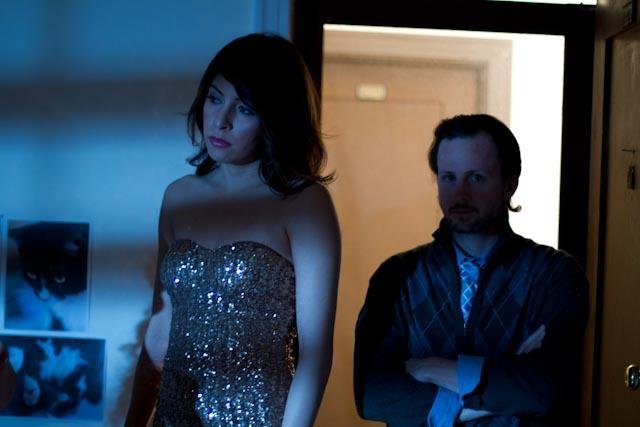Search the Community
Showing results for tags 'push'.
-
Just for educational purposes, here is some footage from a short I shot last year. We were stealing this, so we couldnt light anything. It's all available light. https://vimeo.com/174719862 We shot 5219 with a 2 stop push. I rated it at 1250, which gave me about a t/2 in some places, but often my meter said "E.U.", so I really wasnt sure how it would turn out. We I went in for the transfer i was very very impressed by how it held up, even with it only being 2-perf. I'm so used to thinking that you need to shoot digitally if you want to shoot available light at night, but this turned out exactly how I had hoped. We shot on super speeds at a t/1.4-2 split. The transfer was on a Spirit 2k at Fotokem in LA. We set basic looks as we went, and that's what this is, just a basic grade, right out of the scanner. If you want to download the 2.5gb 422HQ you can find it here: https://www.dropbox.com/s/n5qo2cm9au9wo7k/L9974909_CR_A15_A17.mov?dl=0 Here is the finished short: https://vimeo.com/130967218
-
Hello, I have a short film shoot set to go to camera early November and we're shooting on Kodak 35mm film. There's a particular scene involving two characters who go out for a night in the city and involves them running through the streets, in china town shops, and restaurants. We've set aside 5219 for those scenes and will be shooting on Zeiss Super Speeds but I'm worried it still won't be enough. So I've thought about push processing. The look of push processing would also aid the story as everything is supposed to feel heightened for the characters. I've never attempted it before so I wanted to see if anyone could help answer some questions: - Does push processing actually get you more image in the blacks or just simply up the contrast? - How many stops should one push to get clear characteristics of push processing (grain, contrast, saturation). I've heard that modern stocks need to be really pushed to their limits before seeing clear results? - Considering I'm shooting 500T, how do I rate the stock for each additional stop? +1 = 1000, +2 = 2000? - Is it even worth it to get the effect chemically or can the same results be achieved in the DI? Thanks for the help! Chris
-
Hi all, I've recently finished shooting a music video on 4-perf 35mm, 5219. I'm about to send the film off for processing/transfer and I'm sort of stuck as to whether I should get an HD telecine or a 2k scan. The price difference given the amount of film I'm working with is not that large of a concern. My lab of choice (the wonderful Video and Film Solutions in Maryland) uses a Spirit for both. Now obviously, as it's a music video, it'll only ever be viewed on computer screens, so I'm sure the difference won't be too drastic between the two, but there are still some factors to consider. First off, a solid amount of the video is shot in a city (Richmond, VA) at night, with only available light, meaning I was basically consistently rating the film at around 2000 ASA, sometimes higher. So grain will definitely be an issue, and on top of that, I plan on pushing a few of the rolls 1 stop. From my previous experience with 2k scans, it seems as if the higher resolution relative to HD makes grain seem even more apparent in scans than it does in telecine, so would the combination of the thin negative, the push, and the 2k scan make the grain way too intense? I understand that "way too intense" is a vague quantifier, so I guess to put it a bit better, would I be better off in terms of keeping the grain at a manageable level (given the negative that I'll be working with) with an HD telecine or a 2k scan? And I guess in a more general sense, what would be the advantages (or disadvantages) of going with 2k in this situation? Also, this may be a stupid question, but just to clarify my understanding, it's definitely possible to maintain the 1:33 aspect ratio with an HD telecine, right? Any time I've previously had HD telecine of 35mm it's been automatically cropped by the lab to conform to a 1920x1080 frame. But theoretically wouldn't it be possible to maintain the full 4-perf frame with no cropping if I specifically instructed the lab and just have bars on the left and right of the frame? The film was framed for and always intended to be presented in that format. Any help is greatly appreciated! Thanks, Dylan
-
Ok, this is my first film shot with motion picture film. I read as much as I could about it a jumped right in. This weekend we filmed a very fun and cheesy, short for a Zombie Film Challenge. I'll be sending the footage to the lab on Tuesday. I had a relatively simple one-location story (my garage) with the lighting you see in the photo. In the back, the large white square on the ceiling to the far right behind the practical is a 250 watt Lowel Pro Light. In front there is a 500 Watt Lowel Omni Light and to the far right a 1000 watt Strand Bambino Fresnel on full. I didn't use my light meter. :( I felt a bit unprepared and rushed. I shot with the 16mm Switar wide open the whole time. I may have shot a few seconds with the Switar preset 10mm but that lens for some reason seems confusing to me even though I've read how to use it. I shot most of the garage scenes on Vison 500T and some on Vision 200T and one on Vision3 200T. My question is do you think I should order 1 - 2 stop Push processing for the garage footage given the film stock used, the lighting conditions and me shooting wide open? Thanks.
-
Hello and thank you for any help in advance. I shot my first couple of rolls of 16mm yesterday (Vision 2 and Vision 3 500T in a 16mm Arri from the 60s). To help you understand where I'm coming from with this question, I shoot digital regularly and also 35mm film stills, which I develop. Also, all the tools I was working with yesterday are ancient--finicky in the working, but working. My hope for the two different shorts are medium to high contrast with fine grain and lots of saturation. Here's my problem: I need to know whether to tell Fotokem to push the film a stop or two. Both shorts should take place in a darkened apartment with one practical light suggested as the only light source and a moment where I shoot a darkened room with "moonlight" spilling in--a 250 Lowell light with CTB through a set of blinds. As we were getting readings from an ancient Spectra light meter, the reading kept coming up with a 2.0 on the key side and a 1.0 on the dark of my subjects. The camera's lenses would only open up to a 2f. I was told to overexpose by a stop, but I kept taking a reflected reading using my Canon 7D and getting the light that I wanted--same reading but the light looked right. I exposed for the 2.0f through the entire shoot, not overexposing at all. Also, that means the darks are gonna be DARK. But I'm concerned at this point. Plus, I may not be understanding a "dense" negative. In still film processing, you can only expose the negative once. If I didn't expose for details in the darks, then there really isn't an amount of pushing I can do in the developing that is gonna make up for that after I develop my negative. Should I have exposed for the darks, which would have made the scene look like a well lit daytime scene and then pulled back? (These are shots I took with my 7D with the same settings dialed into what I was dialing into the Arriflex. The performances were so good yesterday, I really want this to turn out and I have to give instructions to the lab tomorrow. Any help is much appreciated. Thank you in advance! Best, Monty



